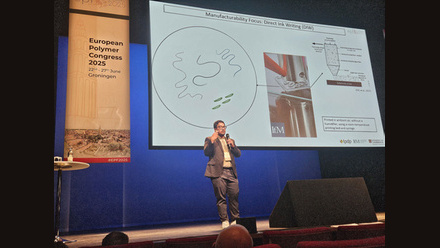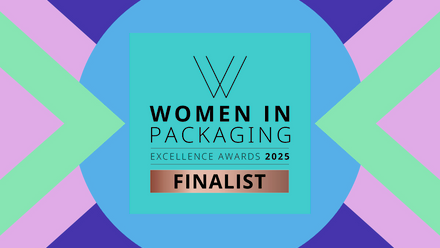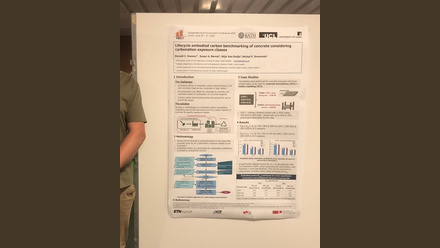At ease in the workplace
Working in a hybrid or flexible setting can improve diversity in engineering. Animesh Anand AIMMM, Vice Chair of the IOM3 Ably Different committee, and a member of the Institute’s Ethnic Minorities and Pride groups, champions the benefits of a more comfortable working environment.

Hectic – for someone with sensory issues, that one word can summarise what being in an office can feel like at times. The lack of control over your environment can be overwhelming.
There is the silent battle over the control of temperature as people take turns changing the thermostat. Maybe there are too many people in the office, making it difficult to concentrate, or maybe there are too few, making everything seem intense? What if your desk is situated in an uncomfortable position – too much lighting, too little lighting? And that’s only a handful of the potential problems you could have, what about even getting there in the first place?
Commuting can be a hellscape of never-ending noise, smells, sensations and anxiety if you can’t drive, and even then, driving in rush hour traffic can also be extremely unpleasant.
So how does hybrid working help to increase diversity and support workers with disabilities?
Hybrid and flexible working both support diversity in engineering, with flexible working allowing more autonomy in decisions. Research by McKinsey shows that 85% of current employees working in a hybrid system want to carry it forward. Within this, employees with disabilities were 11% more likely to prefer hybrid work, and LGBTQ+ employees were 13% more likely to prefer hybrid work.
One of the reasons for this, outside of the control provided by hybrid work, may be the level of comfort it provides, as being in one’s own surroundings (or a surrounding of their choice), and not having to “put on a show”, are both areas that are important.
With imposter syndrome an impactful factor that is often worsened by being in the workplace, the idea of being able to limit the time spent in an environment that requires code-switching, masking, scripting or just limiting one’s own identity can be an important factor in improving the wellbeing of those from minority backgrounds. It can free up mental energy to focus on work, without having to worry about the social pressure that is demanded by the workplace.
Hybrid working can also provide more opportunities for minorities in gaining employment, reducing barriers imposed by location (both for commuting and for accessibility), allowing for better support for workers with disabilities, and providing a greater sense of safety for LGBTQ+ employees. This, in turn, would encourage more members of equality, diversity and inclusion communities to apply to companies, as providing variety in working environments is becoming a key standout factor that those from diverse backgrounds look for in their employment.
The benefit of providing this variety is also vital in improving innovation, support and productivity in companies, tying in with the overall improvement gained by employing a diverse workforce – increasing the variety of perspectives in the workplace can help improve the level, and efficiency, of development by engineering companies. This is due to the introduction of a much broader range of talent.
An amalgamation of cultures is an under-utilised tool in engineering – differing experiences and viewpoints can lead to healthy discussion, encouraging diverse thinking and problem solving.
From personal experience, having the option to work in a hybrid setting has provided a greater opportunity to manage my mental health and prioritise my time better.
Working as an Academic Tutor at The AMRC Training Centre, University of Sheffield, UK, does mean that a lot of my time is spent interacting with people, however, I do still value the comfort that is gained from working from home when preparing and marking, and doing the work that surrounds my teaching role.
Having the option at times to escape into my own environment is something that allows me to be more productive, being able to focus more acutely, and direct my mental ability towards the tasks set out in front of me, as opposed to trying to block out distractions that are just a part of what most consider general aspects of the office.
This doesn’t mean that I don’t like being in the workspace, but it allows me to take better care of my wellbeing, allowing me to take more control over how I spend my energy, which can be limited at times, and direct it to more urgent tasks, making me more prepared for sudden situations. All gained from an overall more comfortable work environment.
Now, obviously there are some jobs that require work to be done onsite, and the ability to work from home should not be an excuse to not develop workspaces that are more suitable and accommodating. Providing an accessible space for people to interact, engage and work in is still vital to support people with disabilities in the workplace, improving efficiency when onsite and adding value to the company.







